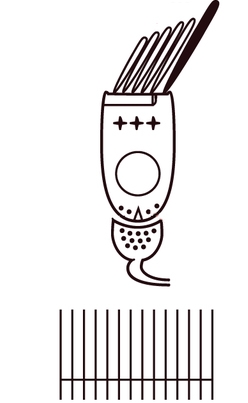Clinical examination of the vestibular system is directed towards eliciting the reactions of the component parts of the vestibular apparatus, usually using various parts of the vestibular-ocular reflex (VOR)1.
The vestibular sense is mediated by two relatively simple reflexes1:
- The vestibular-ocular reflex (VOR) ensures that the best vision is achieved during head motion by stabilising the line of sight (ie gaze).
- The vestibulo-spinal reflex (VSR) helps to keep the head and body upright.
If an object is moving at low speed/frequency, tracking it is a function of the visual system, using smooth pursuit pathways. Viewing the whole visual environment which is oscillating results in the optokinetic reflex being activated.
By contrast, when oscillating the head, the VOR produces smooth compenstory eye movements up to about 6 Hz, maintaining a gain (eye velocity/head velocity) that is approximately 1.0.
The combination of smooth pursuit, fixation, optokinetic, and vestibuloocular reflexes, which is termed the visually enhanced vestibulo-ocular reflex (VVOR), will produce near-perfect smooth compensatory eye movements. This ensures that the direction of gaze is kept stable, and hence, the fovea is pointed at the object of interest when the head is moving.
The semicircular canals and the otolith organs respond to acceleration (horizontal and vertical) and thereby transduce the motion and the position of the head into central signals that result in the vestibular-ocular and vestibulo-spinal reflexes.
For eye movements:
- The semicircular canals provide the input for the compensatory slow phases of the angular VOR in response to head rotation, by acting as angular accelerometers2. These compensatory eye movements keep objects of visual interest on the fovea.
- The otoliths provide the input for static ocular counter roll in response to head tilt, and for the compensatory slow phases of the linear VOR in response to head translation1.

